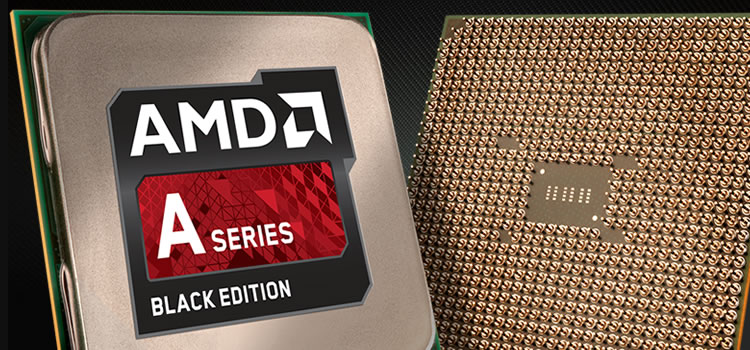Although the Steamroller cores in AMD's Kaveri-based A8-7600 APU brought a notable boost in CPU efficiency, it felt like the company was mostly focused on gaming performance with last month's update. The A8-7600 wasn't much faster than last year's A10-6800K, but it was quick enough to power modern titles such as BioShock Infinite and Tomb Raider without help from a discrete graphics card.
At the same time that AMD is beginning to deliver on a years-long promise of single-chip PC gaming, its effort toward Crossfiring integrated graphics with discrete graphics is finally maturing. The company first touted 'Dual Graphics' with its first Lynx-based APUs back in 2011, but it was largely dismissed due to Crossfire's poor frame time performance and that remained the case with 2012's Virgo/Trinity APUs.
By the time 2013's Richland APUs landed, AMD was working to improve its frame pacing performance through driver updates and with the arrival of Kaveri, we're starting to see solid Crossfire performance that isn't plagued by frames being dropped and or chopped off. That being the case, we have taken the time to do some dual graphics testing with the A10-7850K, the company's current flagship APU.
Currently, Kaveri APUs can only be paired with one of two discrete GPUs: the Radeon R7 240 and R7 250. Both are sub-$100 cards that we wouldn't typically recommend gamers invest in, but when combined with the A10-7850K's on-die GPU, we could see performance that has bigger implications for value-oriented builders.
AMD's R7 GPU
The A10-7850K is a quad-core part that operates at 3.7GHz with a 4.0GHz turbo frequency and has a 95W TDP. Confusingly, there are two models of the R7, both of which are plainly called the R7. The A10-7850K boasts the full version with eight GCN compute units (of 64 stream cores each) for a total of 512 SPUs. The A10-7800 is the only other APU with the full R7, and this 65W TPD part operates at 3.5GHz with a turbo frequency of 3.9GHz.
At this stage, a 385-SPU version is what you'll find on all other APUs, including the A10-7700 and A8-7600 that we reviewed previously.
With 33% more SPUs to work with, we expect the gaming performance of the A10-7800 to be noticeably better than what we saw when testing the A8-7600.
There is a huge range of discrete R7 GPUs which includes the 240, 250, 260 and 260X. However, the dual graphics feature of the Kaveri APUs only works with the R7 240 and R7 250.
The R7 240 costs $70, features just 320 SPUs and comes in both DDR3 and GDDR5 models. Pricing doesn't seem to differ between the two memory types so make sure if you are going to purchase an R7 240 that it's the GDDR5 version, though there aren't many of them around.
This is a big deal because the DDR3 model is limited to a memory bandwidth of just 28.8GB/s while the GDDR5 model has more than twice the available memory bandwidth peaking at 72GB/s.
The R7 240 core comes clocked at 730MHz – similar to the on-die R7's 720MHz frequency – and the GDDR5 version features memory clocked at 1125MHz for an effective speed of 4.5GHz.
Moving up, the R7 250 sees a slight price increase to $80 or $90 (again, there are DDR3 and GDDR5 models so be sure to look into that). Thankfully, this time most models are equipped with the much faster GDDR5 memory and the HIS model that we're testing with is one of them. The R7 250 is clocked much higher at 1000MHz while the GDDR5 memory is a whisker faster at 4.6GHz.
This time we have 384 SPUs to work with, which is the same amount found in the A8-7600 but less than in the A10-7850K. There was rumor of an upcoming Radeon R7 255 which would boast 512 SPUs (matching the A10-7850K) but at this point this is still speculation. We've also learned of the R7 250X but it has the same 640 SPUs found in the HD 7770. It isn't clear if the rumored R7 255 or R7 250X will support dual graphics with the Kaveri APUs.


